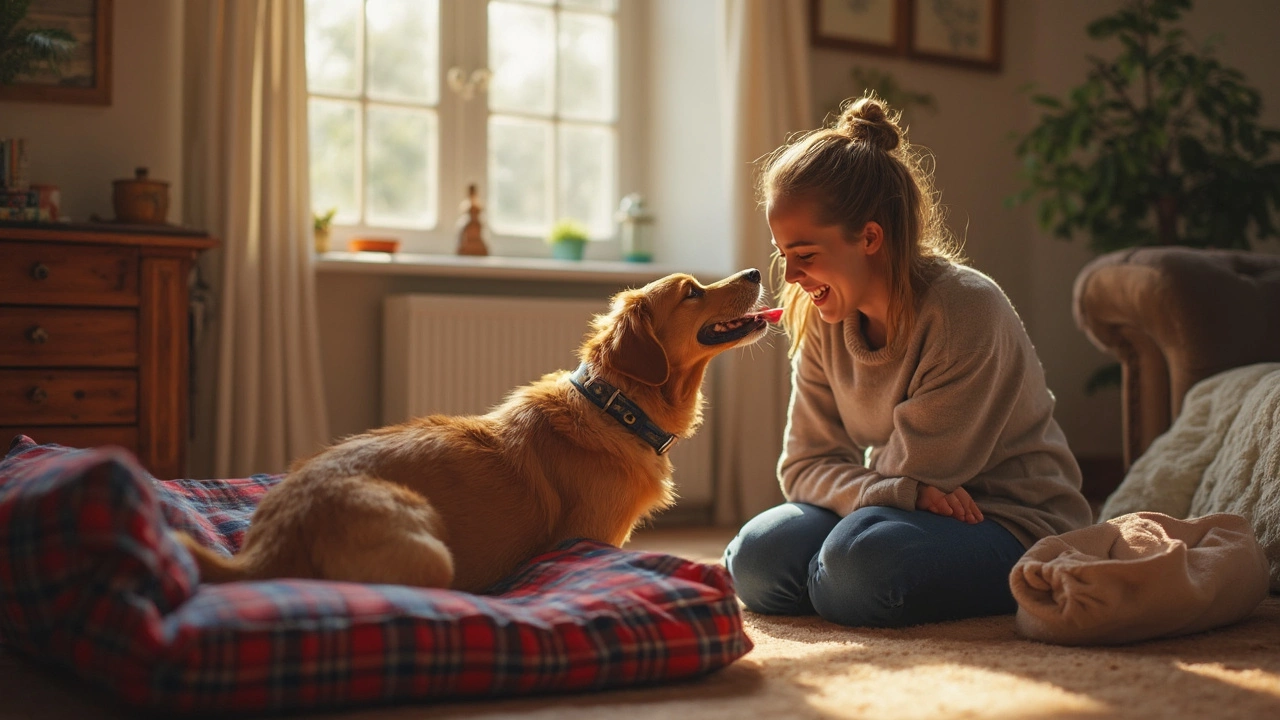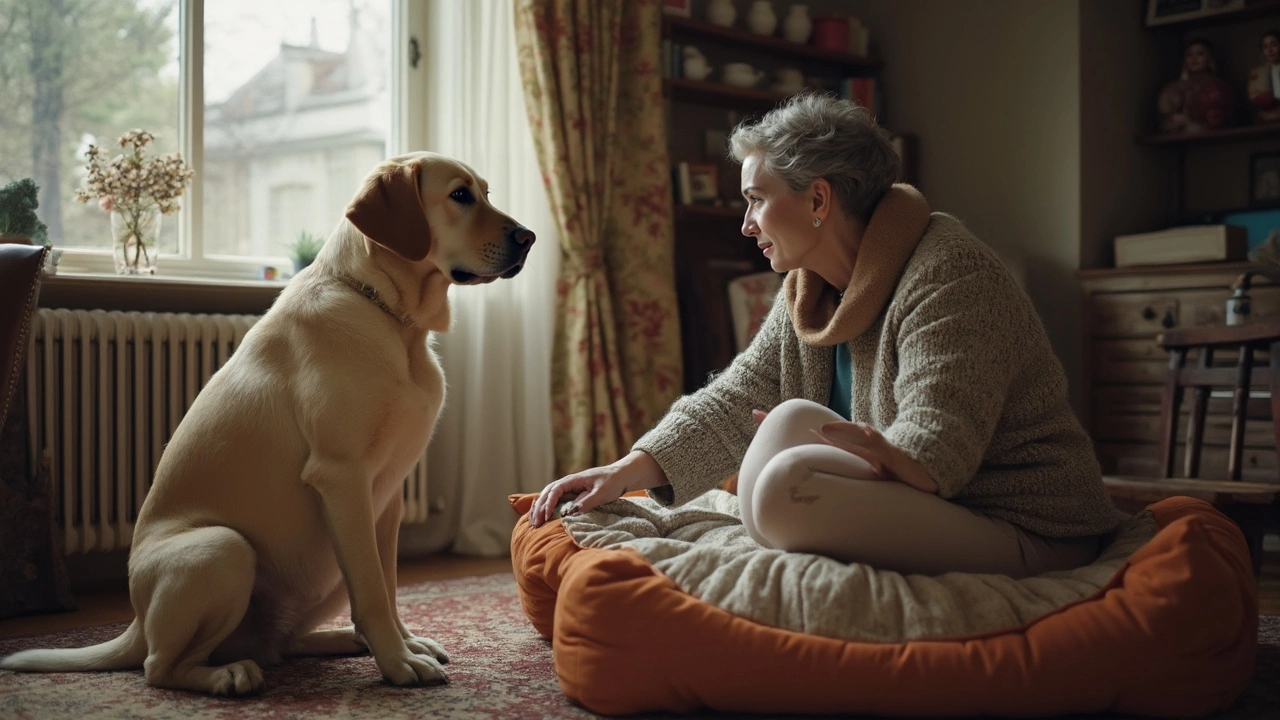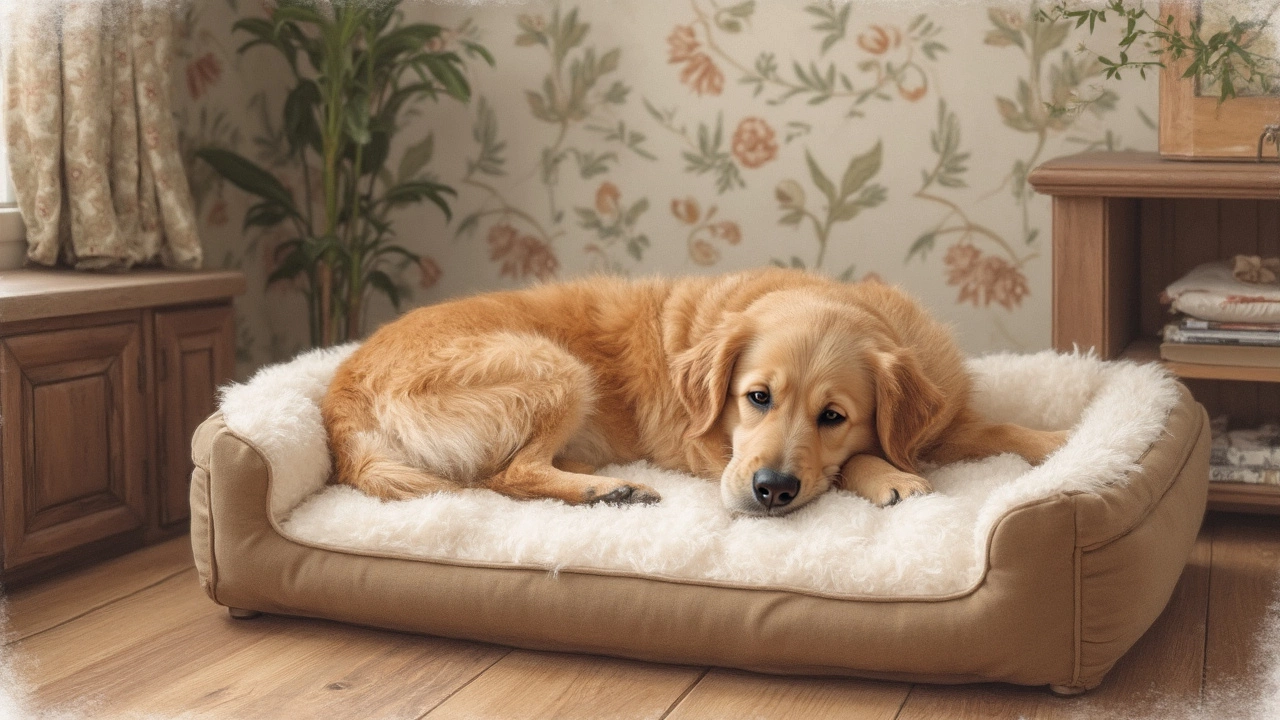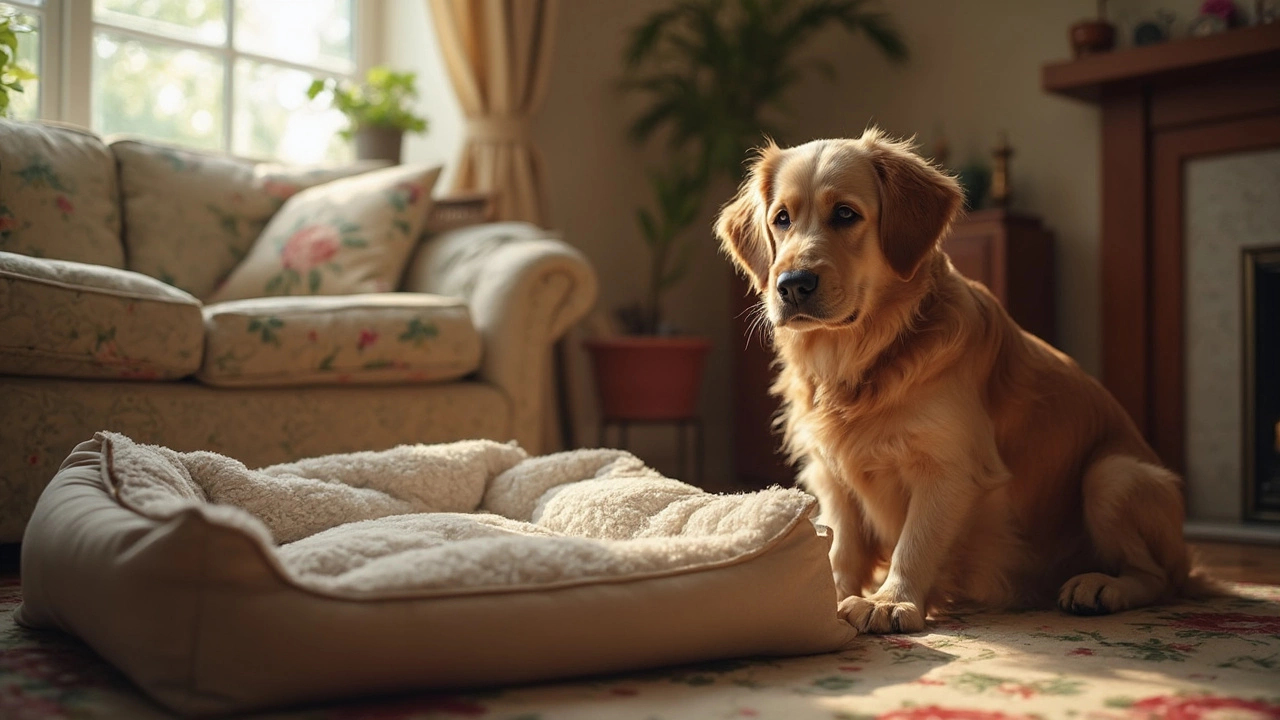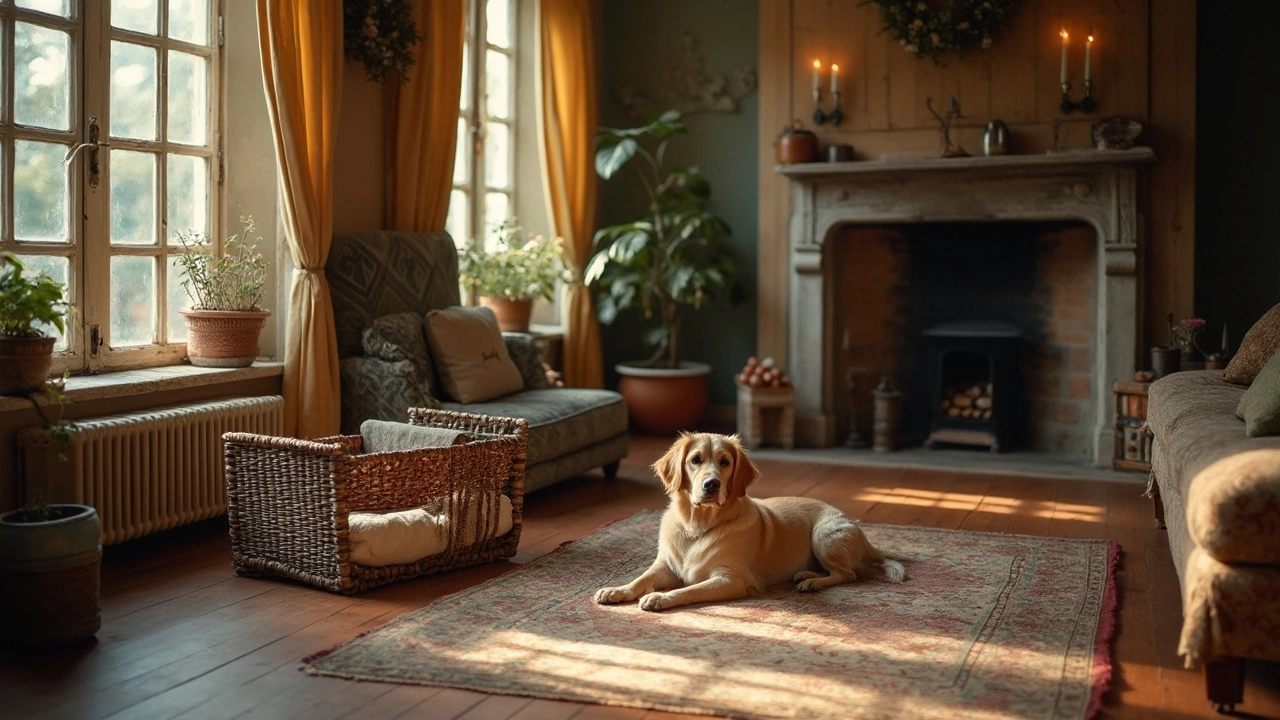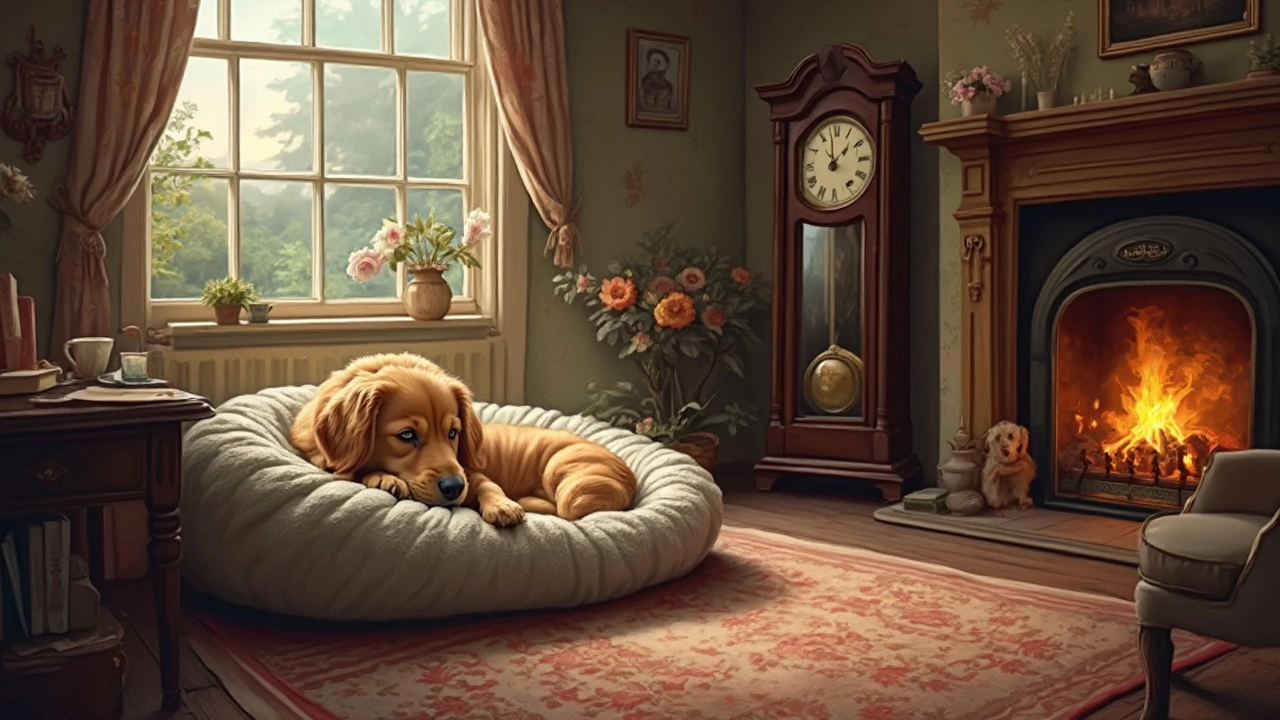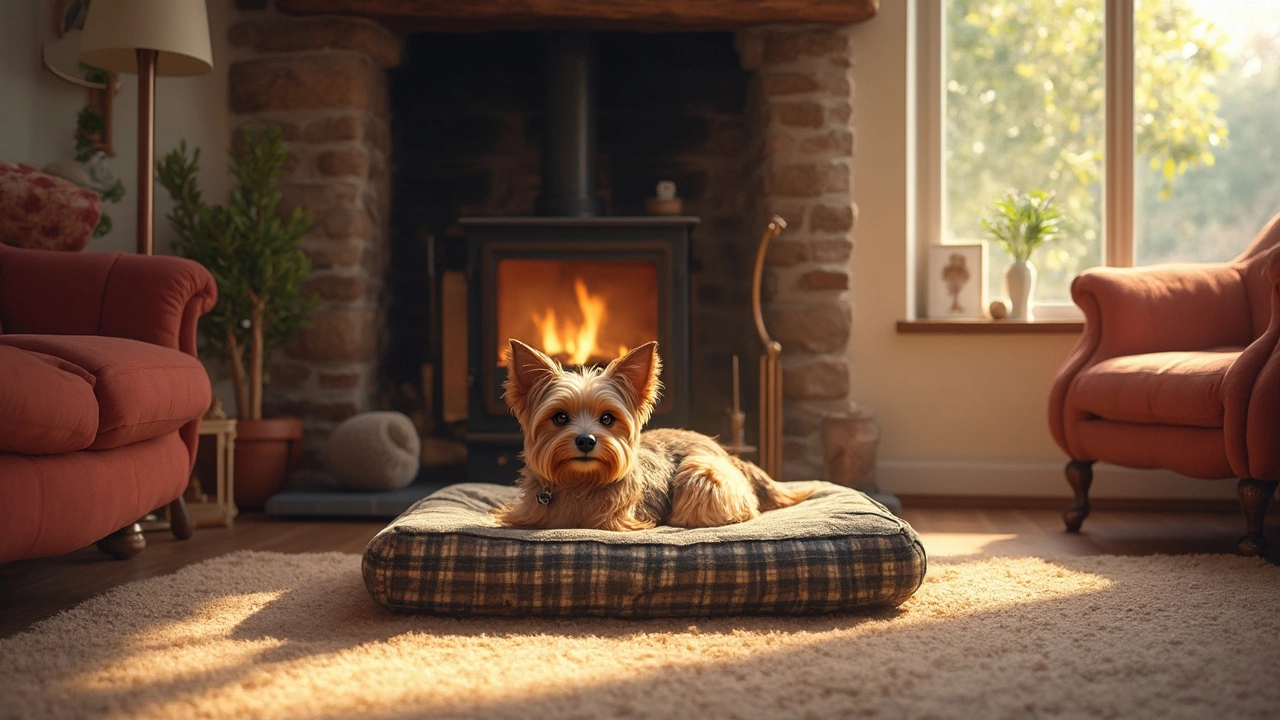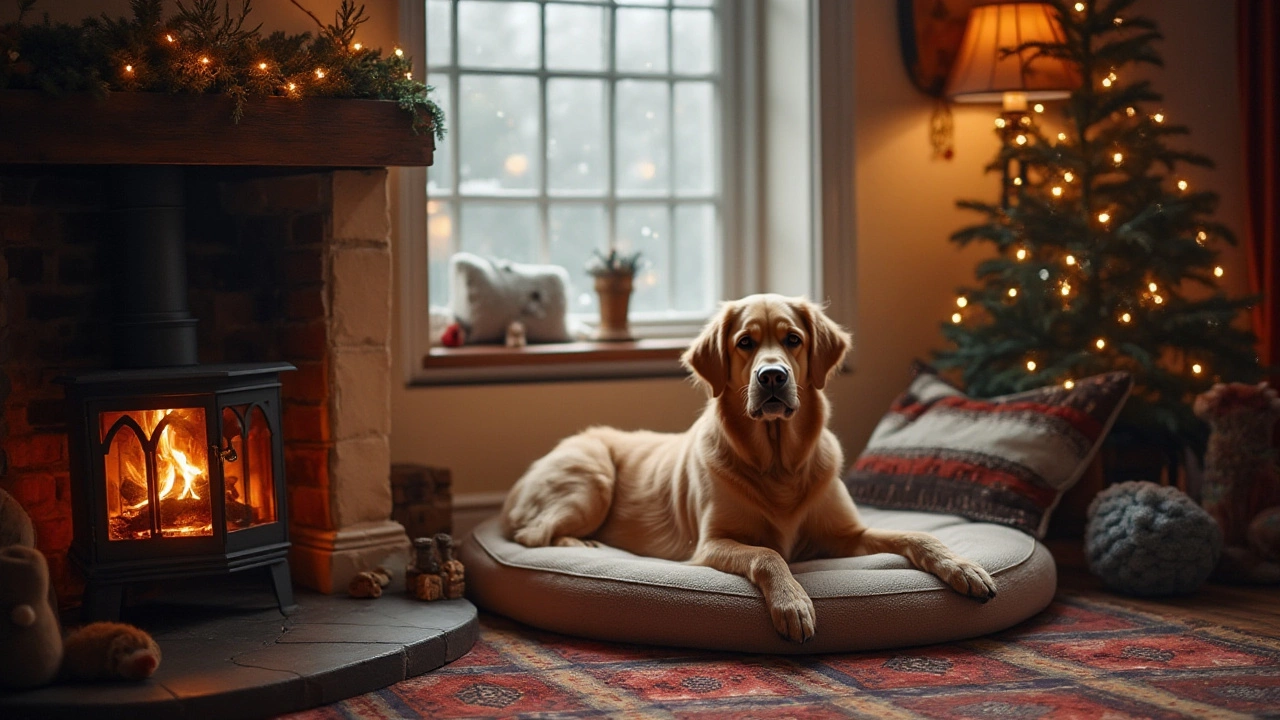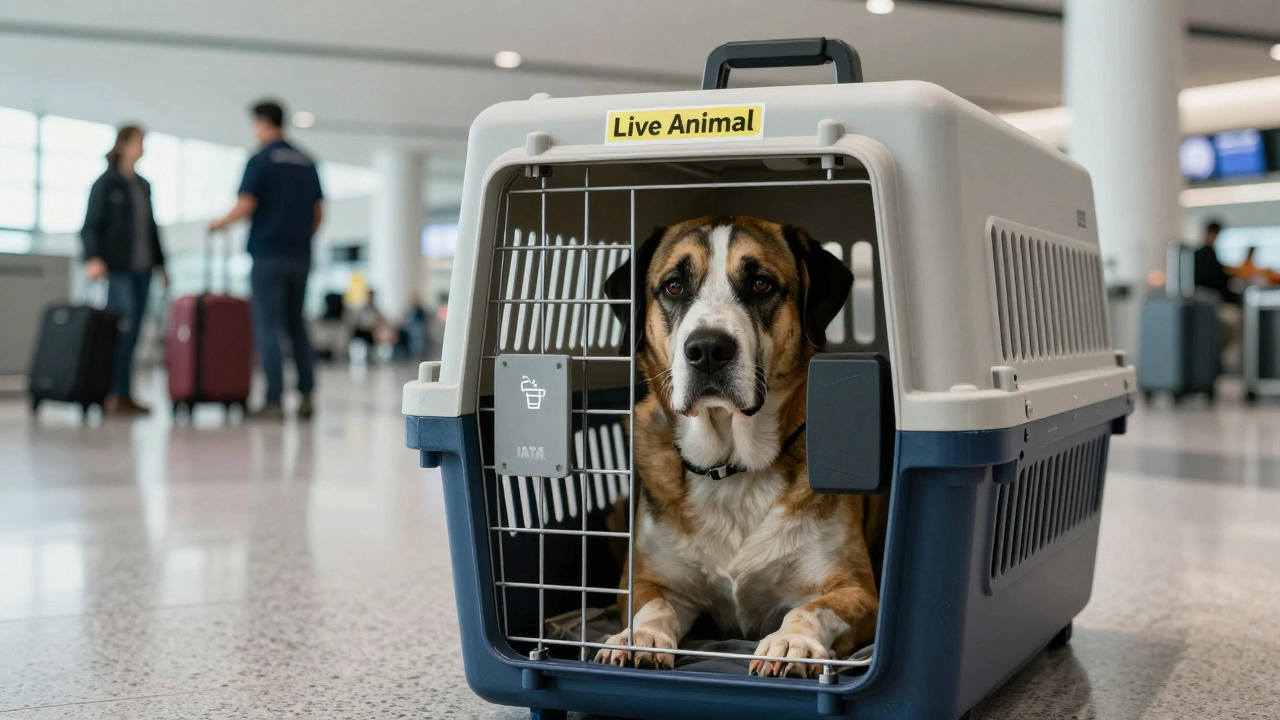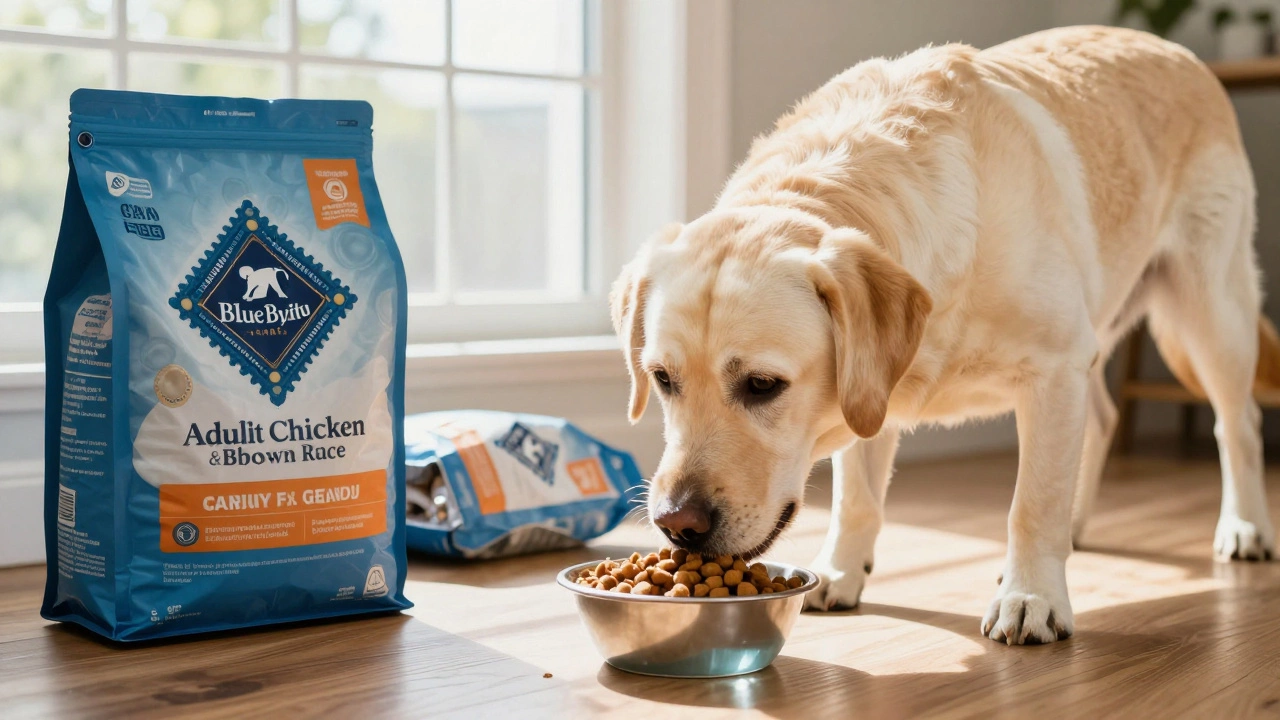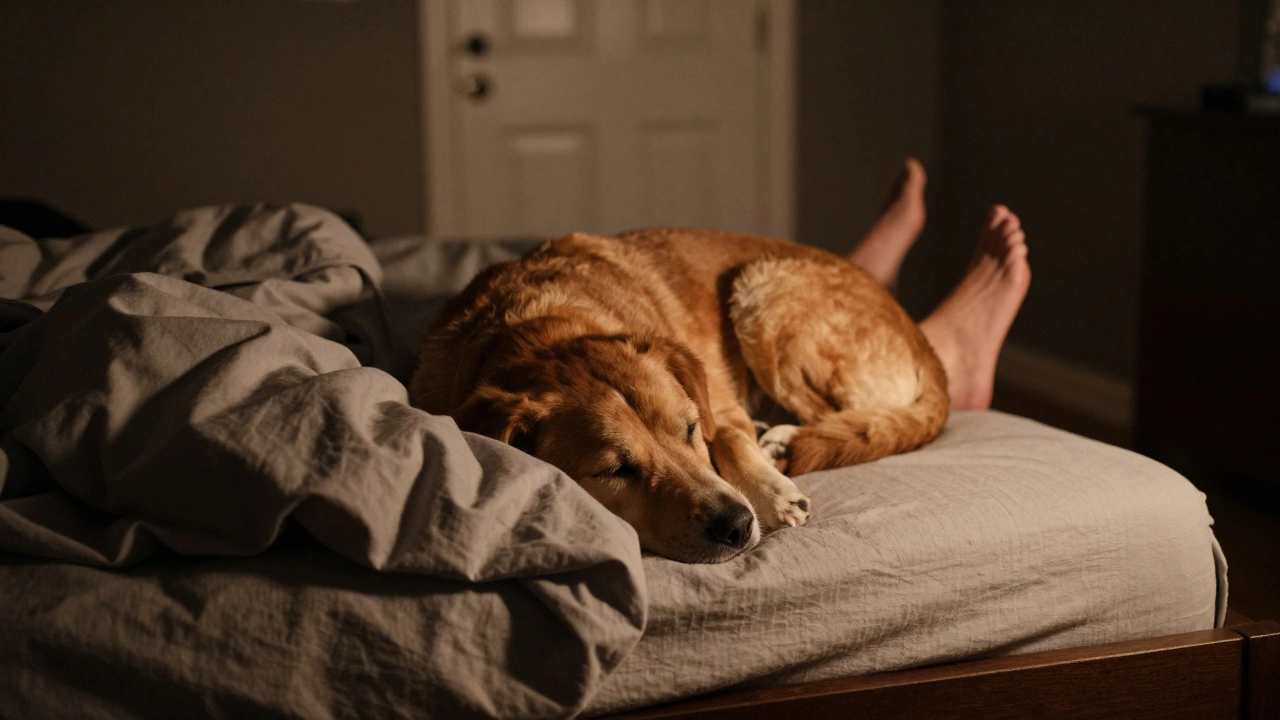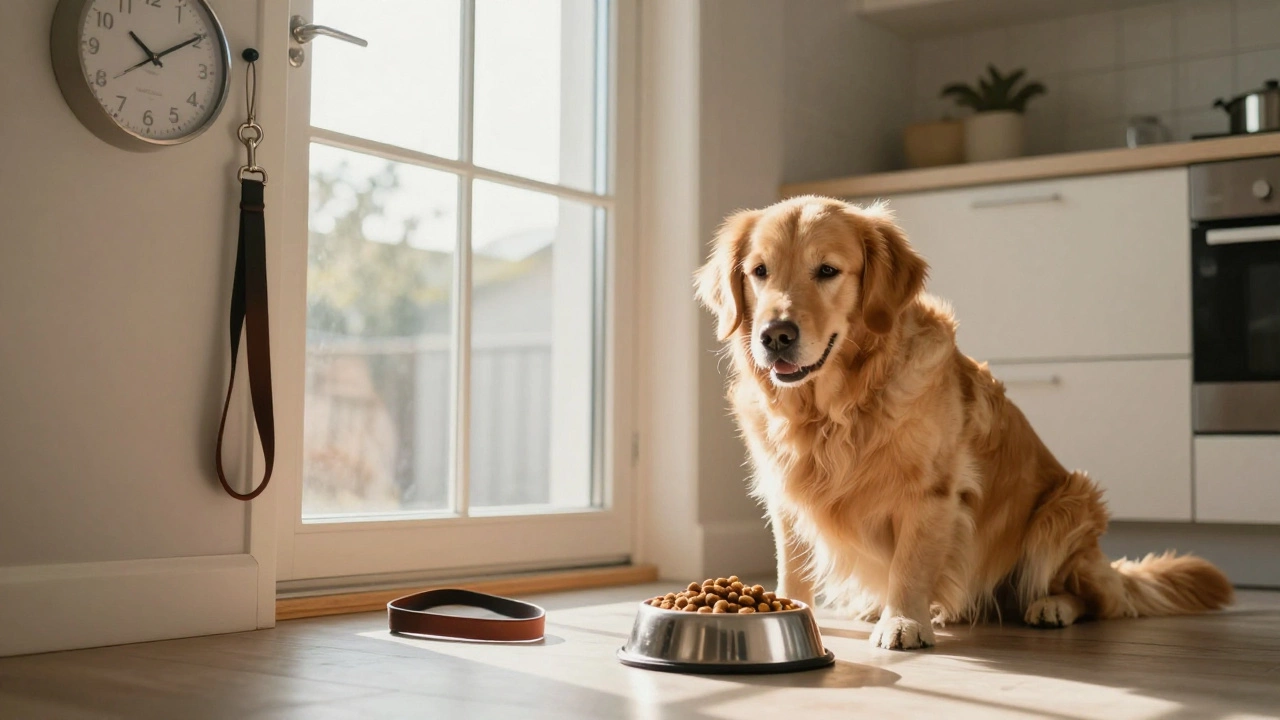Dog Beds – Comfort, Care & Choosing the Right One
Every dog loves a good nap, but the right bed can make the difference between a restless toss‑and‑turn and a deep, soothing sleep. Whether you have a tiny terrier or a big Labrador, picking a bed that fits their size, habits, and any anxiety issues will keep them happy and healthy.
When to Replace a Dog Bed
Even the toughest dog beds wear out. Look for tears, flattened padding, or a strong odor that won’t go away after washing – those are clear signs it’s time for a new one. A bed that’s too small can force your pup into awkward positions, leading to joint strain. If your dog seems to avoid their bed or spends more time on the floor, the comfort level has probably dropped.
Cleaning habits also matter. Regular vacuuming and washing keep the bed fresh, but if the fabric has become threadbare, it can harbor fleas or bacteria. Replacing the bed before it becomes a health risk saves you vet bills and keeps your home cleaner.
Choosing a Calming Dog Bed
Calming beds are designed to reduce anxiety and provide a sense of security. Look for materials that hug the body – memory foam, bolstered sides, or a donut shape that lets your dog nestle in. Soft, breathable fabrics such as cotton or fleece are gentle on skin and help regulate temperature.
Size is key. Measure your dog from nose to tail while they’re lying down, then add a few inches. A bed that’s too tight defeats the calming purpose, while an overly large one can feel empty. For older dogs or those with joint issues, extra padding or orthopedic foam eases pressure points.Some calming beds come with removable covers, making them easy to wash. Covers that are machine‑dryable and odor‑resistant add convenience and keep the sleeping space fresh.
Finally, think about where the bed will live. If it’s in a drafty garage, a waterproof bottom layer will protect it from moisture. For indoor use, a non‑slip base stops the bed from sliding on hardwood floors.
Keeping your dog’s bed in top shape is simple: vacuum weekly, spot‑clean spills right away, and wash the cover according to the label. Rotate the bed every few weeks so the padding wears evenly. When you combine good maintenance with a bed that matches your dog’s size and anxiety needs, you’ll notice fewer restless nights and more happy tail wags.
Dog Licks You: What It Really Means
Ever wondered why your dog licks you? This article breaks down what it really means when dogs use their tongues as a way to connect. Learn how licking goes beyond affection, and discover what your dog might be trying to tell you. Plus, get practical tips for handling all that slobber, especially when your best buddy jumps on their cozy dog bed. Find out when licking is harmless and when you should pay attention. You’ll see your dog's licking habits in a whole new light.
When to Throw Out a Dog Bed: Signs, Tips, and Smarter Replacements
Dog beds don’t last forever, and keeping a worn-out one around can mess with your pup’s health and comfort. This article breaks down the clear signs your dog’s bed needs replacing and how to spot them before your dog starts suffering. You’ll get straight-talking advice on cleaning and maintaining a bed to stretch its lifespan. There’s guidance on picking a tough, comfy replacement so your dog stays happy. We’ll even cover some easy ways to recycle or toss the old bed without harming the planet.
What Makes a Calming Dog Bed?
Discover what to look for in a calming dog bed to help your furry friend feel secure and relaxed. From material choice to size and features, the right bed can make all the difference. Learn how different designs cater to anxiety-prone pups and what elements promote the most comfort and peace. Find out why some beds are preferred for older dogs or those with specific needs. Equip yourself with the knowledge to choose a bed that can truly calm your canine companion.
Does Your Dog Need a New Bed? Recognize the Signs
Noticing your dog’s bed is no longer providing the comfort they deserve is crucial for their wellbeing. Explore indicators that suggest it's time for a new bed, like physical damage, odor, or size issues. A dog's unenthusiastic behavior towards their current bed can also be a hint. Adapting to your dog's changing needs ensures they continue to have a cozy resting place.
Crate or Bed: What's Best for Your Dog's Sleep?
Deciding whether a dog should sleep in a crate or a bed can be tricky. It depends on the dog's age, behavior, and needs. Crates offer a secure space for training and anxious dogs. Beds provide comfort and freedom. Both have their benefits, and understanding your dog's personality can guide the choice.
Do Dogs Need a Set Bedtime? Understanding Canine Sleep Better
Dogs, like humans, thrive on routine, and this extends to their sleep patterns. Establishing a consistent bedtime can improve a dog's health and behavior as it aligns with their natural instincts. While dogs nap throughout the day, a structured nighttime routine can offer them a sense of security and better quality rest. This article explores the need for a set bedtime for dogs, practical tips for creating a sleep routine, and the benefits it can bring to both pets and their human companions.
Flip Dog: Revolutionizing Comfort In Dog Beds
A flip dog isn't a rad new skateboard trick—it's a clever design innovation in dog beds. This flexible bed offers dual sides with different textures or materials, catering to the varying comfort needs of your furry friend. Flip dog beds are a hit among pet owners looking for both practicality and style. They’re not just about aesthetics but also about providing versatile comfort and durability for dogs.
Do Dogs Enjoy Sleeping with Their Human Companions?
Sleeping arrangements between dogs and their human companions can influence well-being for both. Many dogs find comfort in sharing a bed with their humans, but the decision often depends on their personality and bond. Understanding a dog's behavior provides insight into creating a restful sleep environment that benefits everyone. Exploring the pros and cons of co-sleeping with dogs can help owners make informed choices. From emotional connections to practical considerations, this article delves into the multifaceted relationship of shared sleeping spaces.
Do Dogs Choose Round Beds Over Square Ones?
When it comes to choosing a resting spot, dogs, just like humans, can have their own preferences. While the shape of their bed might not seem significant, it can affect their comfort and how well they sleep. This article explores whether dogs tend to prefer round or square beds, taking into consideration factors like sleeping position, comfort, and anecdotal insights from dog owners.

